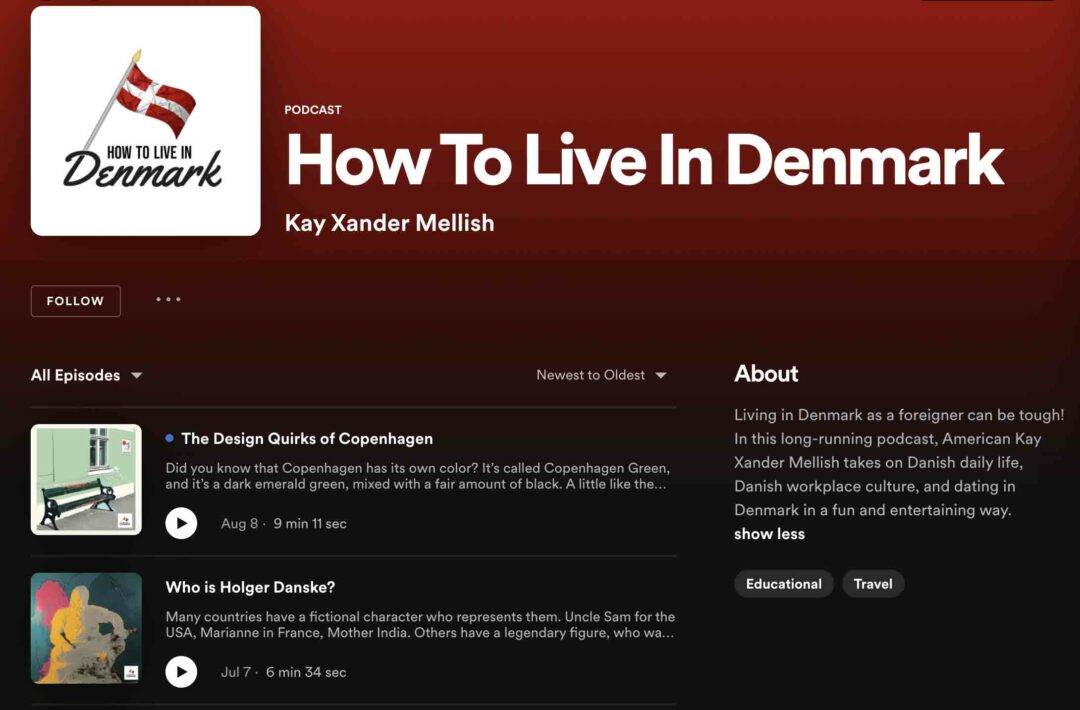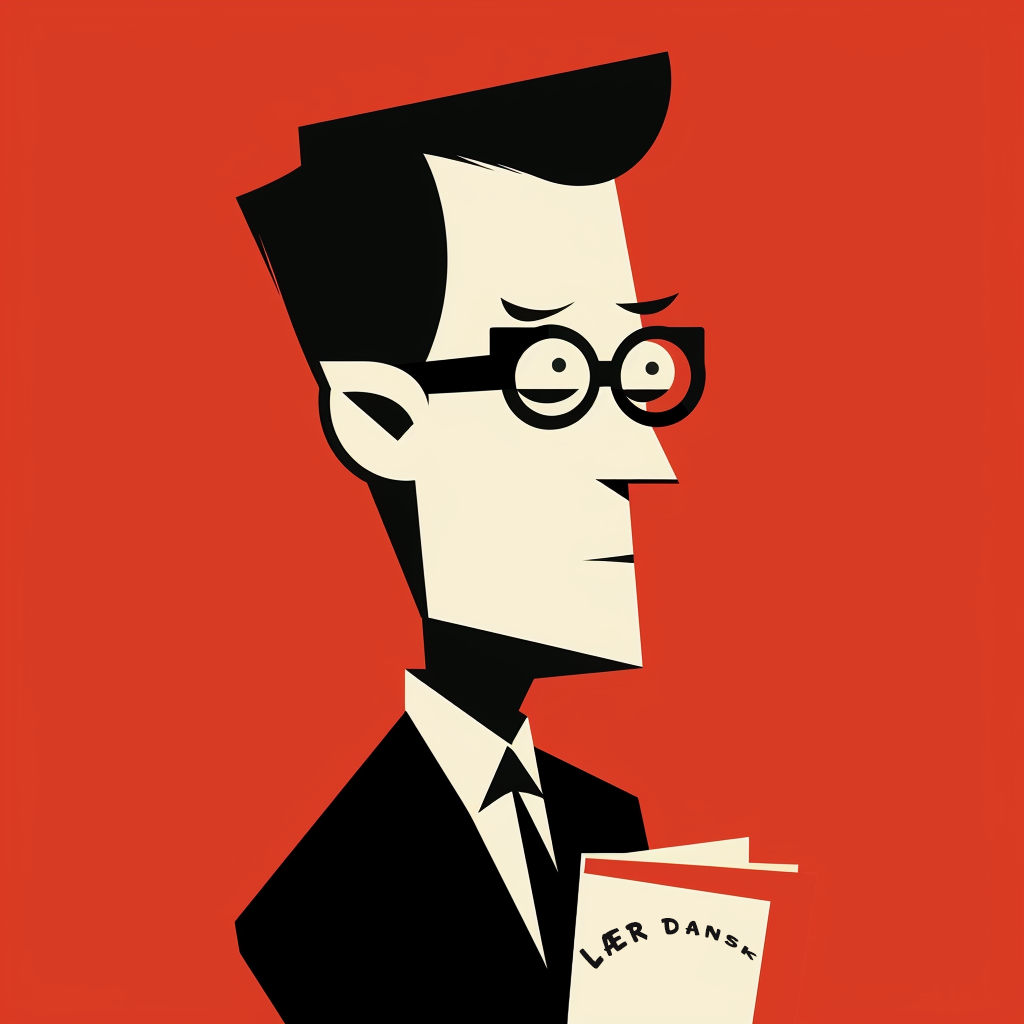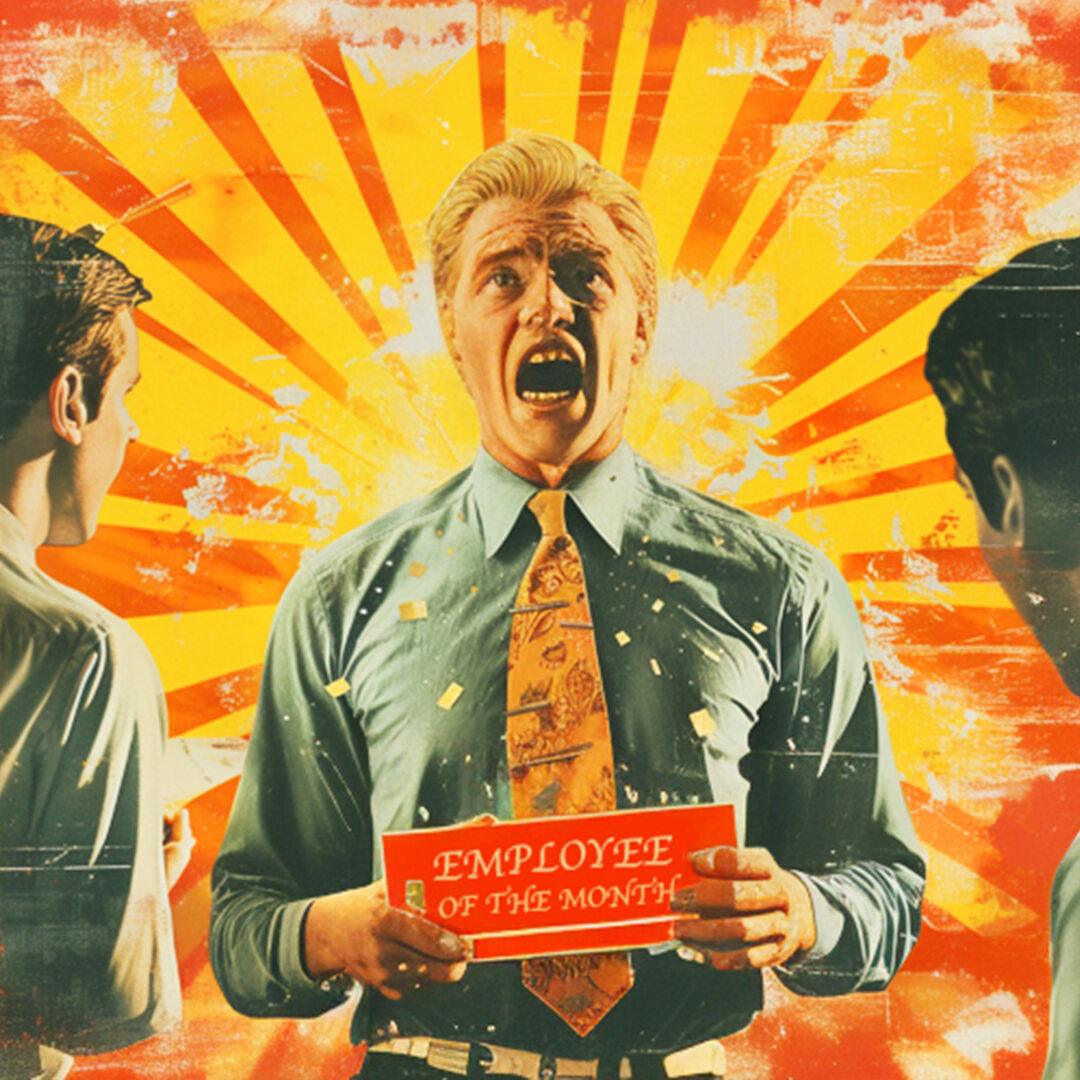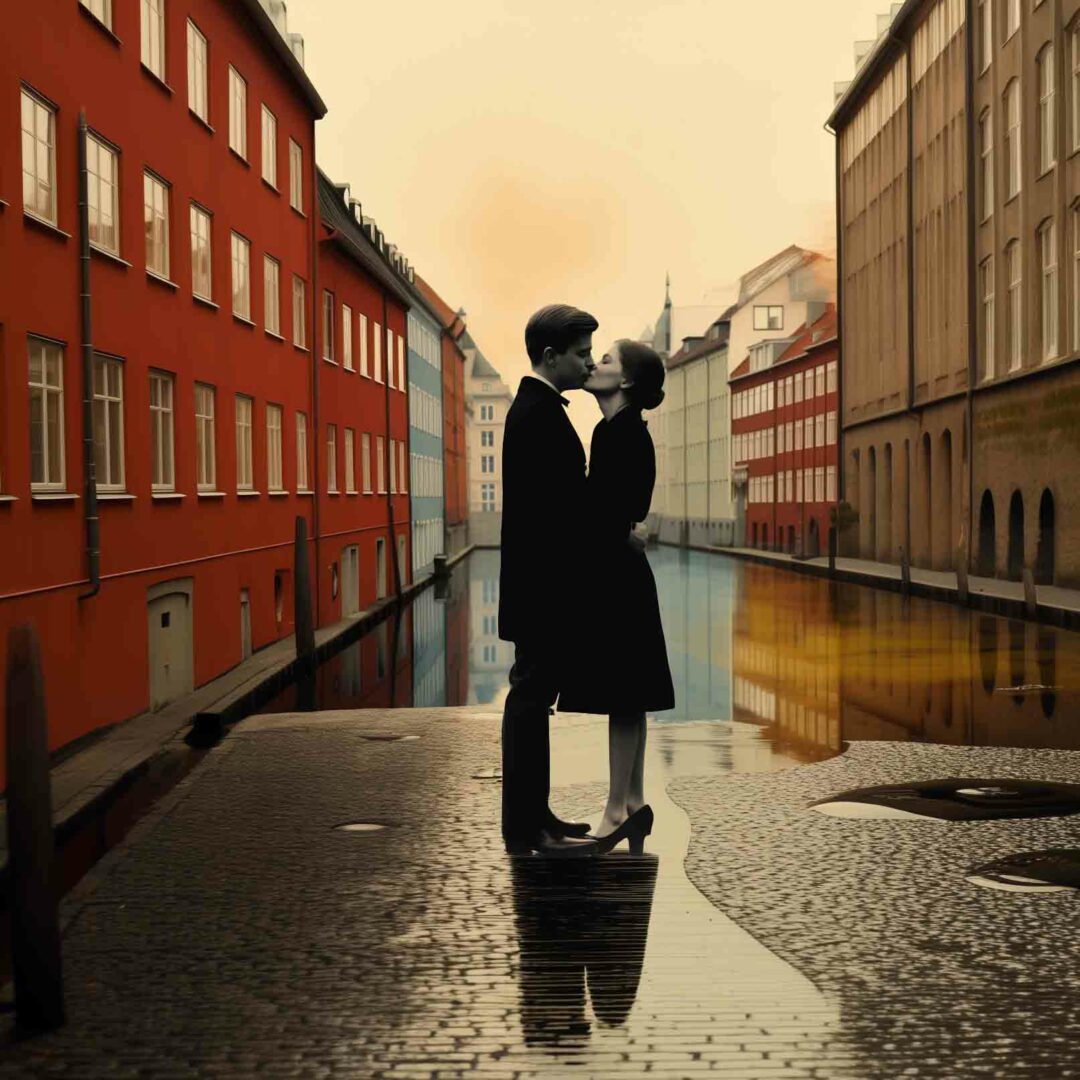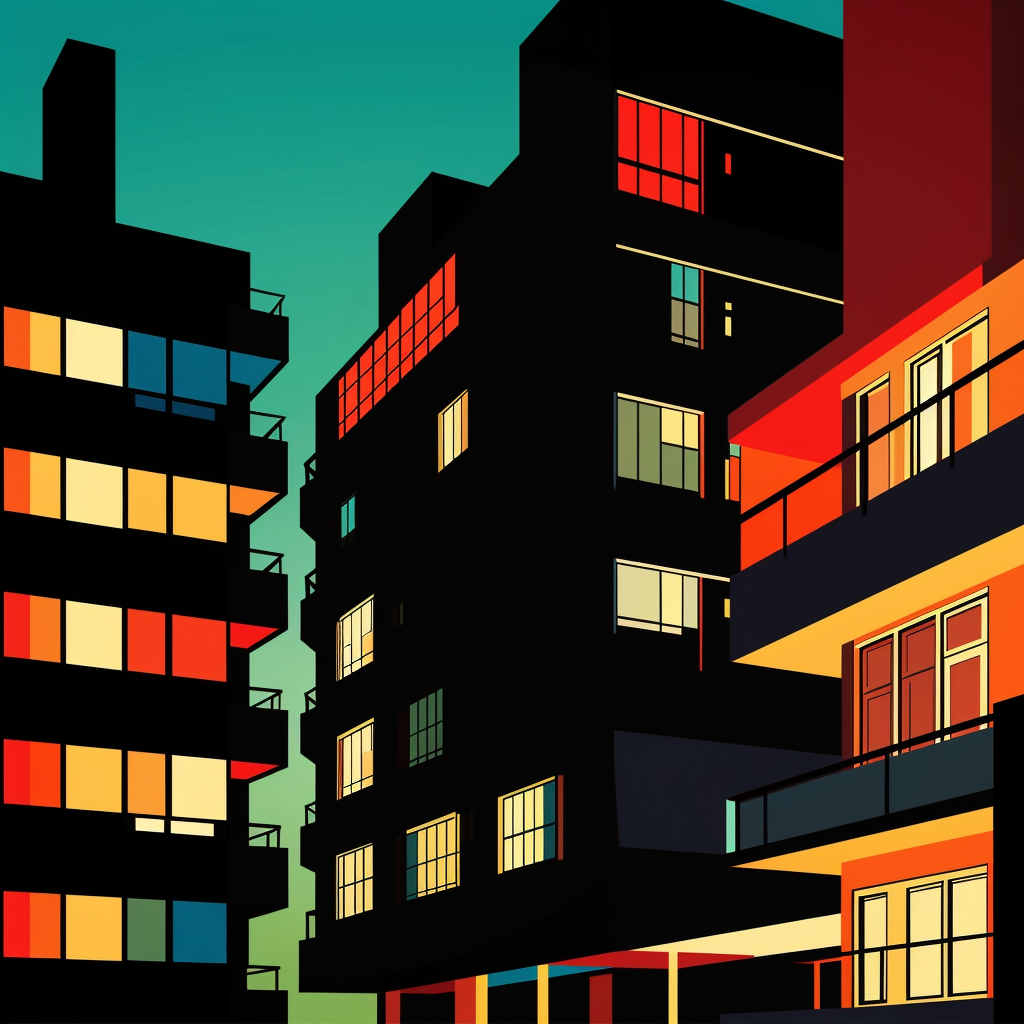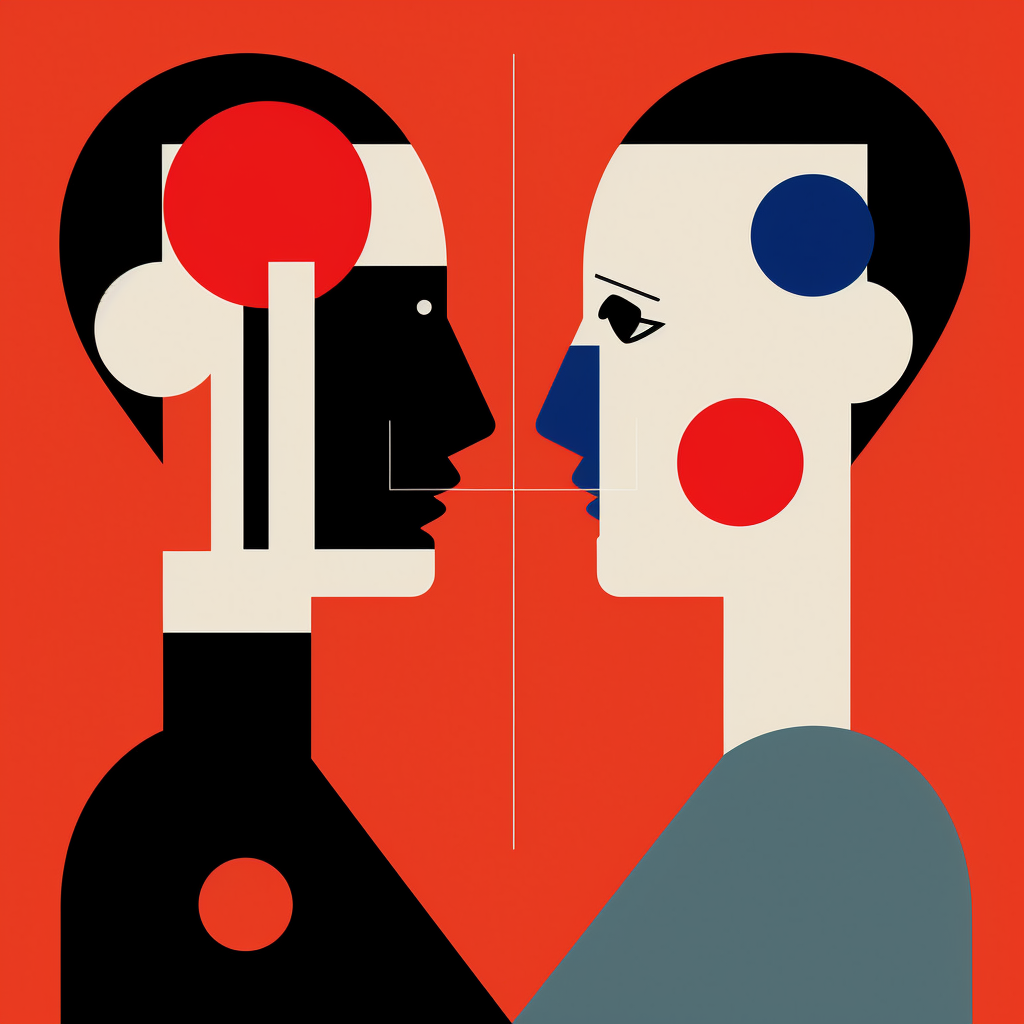If you remember only one thing, remember this, I say when I speak to newcomers in Denmark. 𝐀𝐬𝐤 𝐟𝐨𝐫 𝐡𝐞𝐥𝐩 𝐰𝐡𝐞𝐧 𝐲𝐨𝐮 𝐧𝐞𝐞𝐝 𝐢𝐭.
Too often internationals find themselves overwhelmed in Denmark, but hesitate in asking for assistance, because they don’t want to appear incompetent or dumb.
Danes, meanwhile, hesitate to offer help, because they don’t want to suggest that the international is incapable of doing the job they’re being paid for, or step over the international’s personal boundaries.
“Jeg vil ikke trænge på” is the Danish-language way of saying it – which loosely translates to “I don’t want to interfere.”
Be the one to break the ice
So it ends up as a misunderstanding. Danes would really like to help, and internationals need the help, but no one wants to be the first to speak up.
My suggestion: be the one to break the ice!
If you’re Danish or have been here a long time, go ahead and ask if someone needs assistance. If you’re an international, go ahead and ask for help.
The Grundtvig system encourages questions
Danes have been raised in the Grundtvig educational system, in which there are never too many questions.
They certainly won’t mind a few more questions from you – in fact, they’ll be more annoyed if you *don’t* ask questions and then make a silly mistake.
That said, Danes love to appear extremely busy at work: the ethos is to be extremely efficient during your working hours and then cut loose at 4 to spend time with your family.
So you may have to interrupt someone to ask your question. They’ll get over it.
The construction workers and the suitcase
Realizing that it’s important to ask for help is a lesson I had to learn myself when I first arrived in Denmark.
I arrived at Copenhagen’s main train station with an old-fashioned brown suitcase I’d purchased from a vintage shop, a beaten-up leather bag with a lot of romantic travel stickers on it, but no wheels.
It looked great but it was impossible to move around, particularly with all my stuff inside. I was dragging it through the station when I saw some muscled construction workers enjoying a coffee break.
Still young and pretty at the time, I smiled at them winningly, hoping one of them would come help me lift the ridiculous old suitcase. But none did.
Hmph, I remember thinking, comparing the Danes unfavorably to Frenchmen and Italians. Clearly I have now arrived in a country where a gentleman won’t help a lady with her bag.
Looking back, I simply should have asked.
Had I asked, perhaps with a bit of tongue-in-cheek humor, I’m sure that one of those guys would have been very pleased to help.

“How to Work in Denmark” comic created with DALL-E using Chat GPT 4, with (extensive) revisions by Kay in Photoshop.


